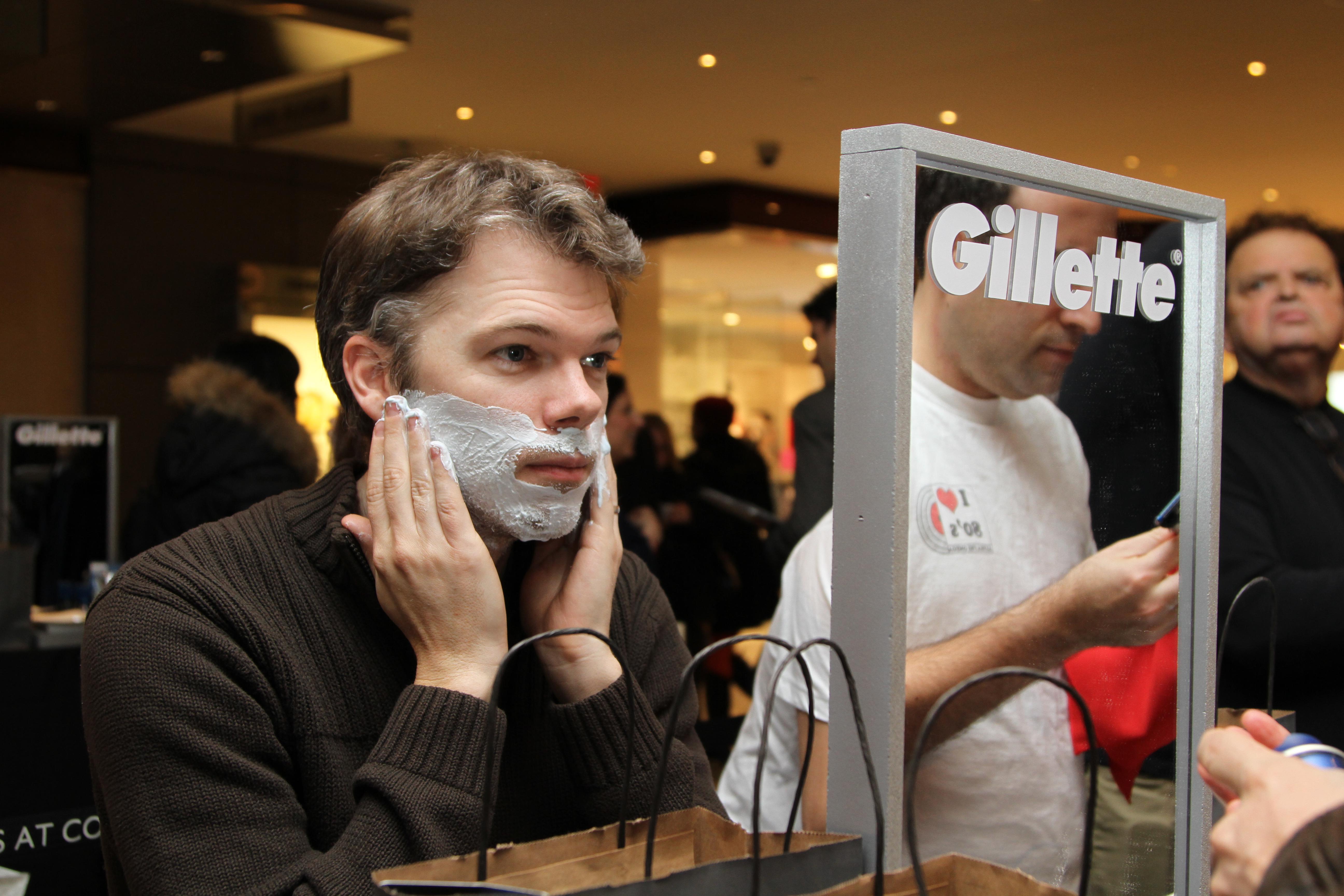Last spring, the scientific community dealt a devastating blow to bearded men and the women who love them. After assessing the facial hair preferences of 227 women, University of New South Wales researchers Barnaby Dixson and Robert Brooks released a study suggesting that straight women deem men more attractive when they are beardless. As The Daily Mail put it: “Psychologists confirm: Women REALLY don’t like beards.”
Confirm? As somewhat of a beard enthusiast, I was REALLY skeptical of that claim. And when I dug into the study (and the photographic evidence on which it was based), I discovered that the women in the sample were presented with a very sorry sample of beards. The researchers had asked these women to rate the attractiveness of men who had just shaved, and then to rate them again after a month and a half of unmitigated face growth, no trimming allowed. The fresh shaves beat out the unkempt beards—barely.
But there’s one important variable these scientists didn’t account for: Stubble.
This month, Dixson and Brooks have updated their research to assess the sexual attractiveness of beards in those in-between times. In a new study published in Evolution and Human Behavior, Dixson and Brooks found that the more facial hair growth a man has accumulated, the more “masculine” both men and women deem his photograph.
But “masculine” did not necessarily translate into “attractive.” In the new study, heavy beards were still inferior—for the women, at least. (The straight men liked the heavy beards.) Light stubble and clean shaven were also found lacking. The winner in attractiveness was “heavy stubble.”
So a certain kind of facial hair has been vindicated. Which leaves just one question: Why are Dixson and Brooks going around photographing guys’ beards, then asking ladies which ones they like the best? Is there any greater social meaning nestled in these beards of various lengths? The researchers pinpoint an intermediate level of beard growth as a sign of the “threshold of masculinity”—he’s not hairy, he’s not hairless, he’s just right. Perhaps the heavily stubbled man demonstrates that he is capable of nodding to masculinity without capitulating to it; or perhaps he is just a guy who shaves, irregularly. “Indeed,” Dixson and Brooks note, “little is known regarding the socio-sexuality of men who typically choose to wear beards.”
